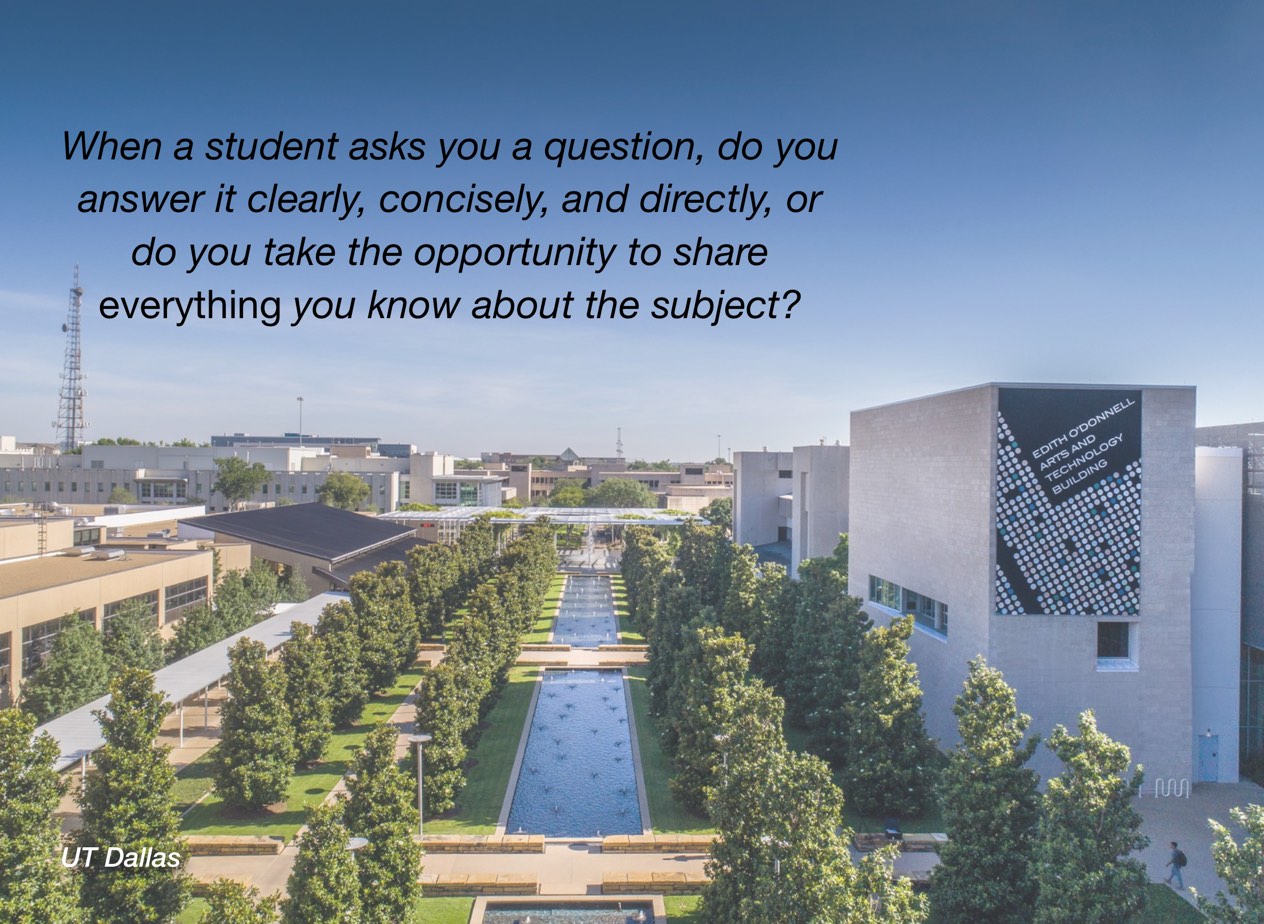17 What’s in a Name?


Neil Gray
What’s in a name? According to Shakespeare’s Juliet, not much. Her answer, “That which we call a rose / By any other name would smell as sweet,” is one of the most recognizable lines in literature. Another perspective on the importance of a name was presented in the little-known short story written by Isaac Asimov in 1956, “What’s in a Name?” In this murder mystery, set in a library, a librarian was accused of the crime because of her inability to remember the name of a person who inquired at the reference desk during the time of the murder. The detective’s assumption was that she could not have possibly forgotten the name, and thus must not have been present at the desk as claimed.
While I agree with Shakespeare that a person’s value is independent of his or her given name, I also agree with Asimov. Remembering a person’s name is an expected social courtesy with tremendous value. No matter how cursory the original introduction or how long ago, acknowledging someone by name each time you greet them is not only respectful but a critical part of advancing any relationship with that person. Remembering a person’s name says, “You are important enough to me that I remembered who you are.” This is especially critical in the mentor-protégé relationship between teacher and student. I have always found it disheartening to meet a student in the hallway and have her acknowledge me by name and not be able to repay the courtesy. “Hi! How are you?” is never an adequate substitute for “Hi Amber! How are you?” The first response says, “I don’t know who you are.” Though subtle, it is almost always obvious that the student recognizes the omission. A short pause before the student responds is usually the clue. In such a situation, I feel that I have missed a critical opportunity to advance the relationship with that student.
I recognize you as an individual in this class.There is nothing quite like looking across a sea of student faces only two weeks into the semester, pointing at a student in the back of the room, and saying, “Sean, what do you think?” In response, the student almost always looks around for another student named Sean, and, finally, with self-pointing realization, says, “Me?” This is an especially powerful tactic if you have never had a conversation with the student. His assumption was that you did not know who he was and he is amazed when you do. Although this may seem like a simple act, you have just formed a bond with that student. Furthermore, you have indirectly made several things clear:
- You are memorable.
- You are not just a number.
- You can’t hide in the crowd.
- Sit up straight and pay attention, because I may call on you at any time!
From a practical point of view, learning the names of one hundred students in a single class is a daunting task. Even so, I have found several successful methods. One of the best tools I have used is a series of short diagnostic quizzes, usually three. I give one quiz at the end of each of the first three lectures. There are two purposes for these quizzes. The first is to establish the students’ incoming knowledge of the prerequisite course material. The second is a covert attempt at matching name to face. I get two shots for each quiz: one when the student turns it in and another when I give it back. As a chemistry teacher, I have also taken advantage of the lab to learn a student’s name. Assigned seating is another method, although this is usually not well received by the students. In the end, each teacher has to develop a method that works in his or her classroom. The important thing is to do it. You won’t regret the effort.


Chapter 17 Commentary: Barbara Shipman
“As Neil Gray points out, there is a lot in a name! A name signifies a personal identity, and calling someone by name welcomes that person. I want my students to feel welcome to share their ideas in class, but for many, sharing thoughts in a math class may feel intimidating. In my classes of 70, students earn points for coming by my office so that I can meet each of them. This personal interaction makes it easier for them to open up in class and say what they think. Sometimes, we make a discovery that gets labeled with the student’s name. Weeks later, everyone still remembers “Whitney’s Theorem” and how she helped us find it. When the class is over, the moments that may be most memorable and where the learning was best may be the times when people connected with each other by name, laughing and saying what they felt or thought."

